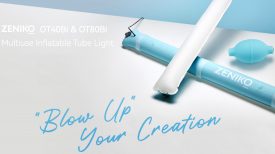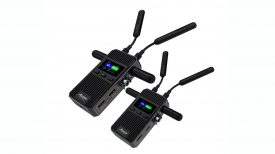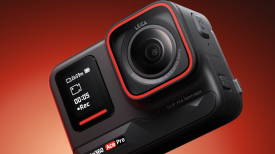By Matt Allard
Villa 9 from Matthew Allard on Vimeo.
I spent a week in Bali on a break recently and decided to make a short little film. I didn’t plan to do this beforehand and had only taken equipment to take photographs, so this is a good example of what you can do with the absolute basics.
I had a Canon 7D, Tokina 11-16mm f2.8, Canon 50mm f1.2 and a Canon 100mm f2.8 macro (non IS). The only other things I had were a mini light stand and a gorilla pod. I didn’t have a Z-finder, monitor, slider, audio, ND faders or anything else with me.
Does shooting without those things make a huge difference? Well, yes and no. The essence of good filming is to do the basics well and to work within the limitations of your camera and kit. By understanding the limitations of your camera you can still go out and shoot something nice without the plethora of accessories. Your camera, lenses and especially you are the three most important elements of any shoot – the foundation stones, if you will. Everything else is just the plaster and paint that help make it look prettier.
What did I miss the most? I would say ND faders. They do make your job a lot easier. Having to stop down the camera a lot to avoid running too fast a shutter speed was the biggest obstacle I faced.
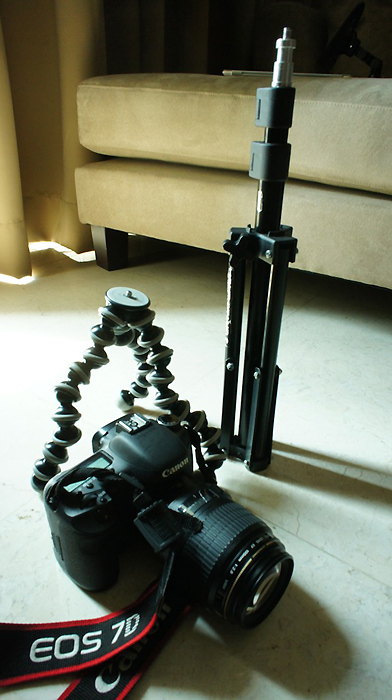
Not everything needs to be super-shallow depth of field. If you don’t have ND faders, adapt to shoot without them. Stop your lens down but use distance and separation between objects to achieve a similar result. A great lens for doing this is a macro lens. Even stopped down, by its very nature, a macro lens is designed for close focus. You can use it to great effect to create shallow depth of field, without it having to be at f2.8.
If you don’t have room for a big tripod, then improvise. A small light stand, a Gorillapod or anywhere you can place the camera where it is supported and steady will do. A table, a chair or even a rolled up shirt or towel will help you get the job done. If that is not available then rest the camera against the side of a wall or any other object that will prevent shake. A lot of hand-held DSLR material looks truly awful. As a famous cameraman once told me: “Don’t shoot anything hand-held that you can shoot off a tripod.”
There are certain times when hand held is the only way to shoot something, but don’t be lazy and go hand-held for wrong reasons. Even without a tripod you can find things to make your shots steady.
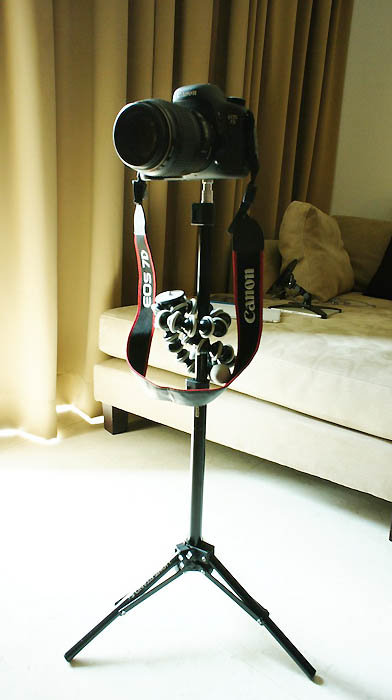
Don’t be fooled into thinking you need every accessory under the sun to shoot something good. Yes, they can help and add extra elements to your shoot, but they aren’t essential.
Master the basics first such as composition and framing, and understand how your camera works before you take the leap into sliders, hand-held rigs and other accessories.
You don’t need to spend a fortune on equipment to get good results. Sometimes less is more.
About Matthew Allard, Aljazeera Senior Field Cameraman, Kuala Lumpur:
Matt has been a Camera/Editor in TV news for more 20 years, previously working for both Channel 9 and Channel 10 in Australia. Twice Network Ten Australia’s cameraman of the year as well as being a Walkley Finalist for outstanding camerawork in 2006 (for coverage of the Cronulla Race Riots) and a Logie Finalist for outstanding news coverage 2006 (Bali 9). He is a multiple ACS (Australian Cinematographers Society) award winner. His Sword Maker story that was shot on a 7D won the prestigious Neil Davis International News Golden Tripod at the 2011 ACS Awards. He has covered news events in more than 35 countries, from major sporting events to terrorist bombings. Based out of the Kuala Lumpur broadcast centre in Malaysia he is an avid user and follower of new technology, shooting stories on HD broadcast cameras, the Sony F3 as well as new Canon DSLRs.




